Explore the Best AI Image Gallery
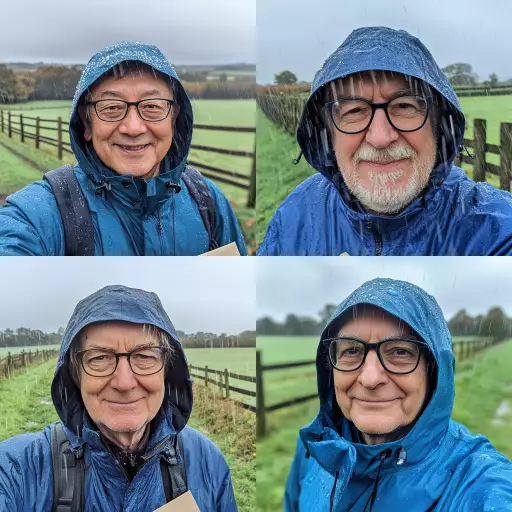
Pixels on Skin: Exploring the Impact of AI Images in Design
The design world is undergoing a seismic shift, driven by the emergence of artificial intelligence (AI) and its remarkable ability to generate images. From breathtaking landscapes to intricate patterns and compelling characters, AI image generators are pushing the boundaries of creativity, challenging traditional methods, and sparking both excitement and apprehension. This blog post explores this fascinating landscape, examining the profound impact of AI images on the design industry, their diverse applications, the ethical considerations they raise, and the exciting trends shaping their future.
A New Creative Frontier
AI image generation tools leverage complex algorithms and vast datasets to produce original images from textual prompts. This technology has democratized image creation, empowering individuals with little to no artistic training to generate stunning visuals. Designers are increasingly incorporating AI-generated imagery into their workflows, using it as a starting point for concepts, exploring alternative aesthetics, and streamlining the design process.
Applications Across Design Disciplines
- Graphic Design: AI can assist in creating logos, branding assets, marketing materials, and website visuals, offering designers endless variations and accelerating their creative exploration.
- Web & UX/UI Design: AI-generated imagery can enhance user interfaces, create captivating visual experiences, and personalize web content, leading to more engaging and intuitive designs.
- Product Design: Designers can leverage AI to visualize product concepts, generate variations, and explore innovative shapes and forms, streamlining the prototyping process.
- Fashion & Apparel Design: AI can assist in creating textile patterns, generating unique clothing designs, and visualizing fashion collections, pushing the boundaries of creativity in this dynamic industry.
Ethical Considerations
While the potential of AI image generation is immense, it also raises ethical concerns that require careful consideration:
- Copyright & Intellectual Property: The ownership and copyright of AI-generated images are complex and evolving, requiring clear guidelines and regulations.
- Bias & Representation: AI algorithms can inherit biases present in the training data, potentially leading to the creation of biased or stereotypical imagery. It is crucial to ensure fairness and inclusivity in AI-generated content.
- Job Displacement: The automation capabilities of AI may raise concerns about job displacement for designers and artists. However, it is important to recognize that AI can also augment human creativity and open up new opportunities.
The Future Landscape
The field of AI image generation is rapidly evolving, with continuous advancements in technology and applications. Here are some key trends shaping the future:
- Enhanced Realism & Personalization: AI will continue to produce increasingly realistic and personalized images, tailored to specific needs and preferences.
- Integration with Other Technologies: AI image generation will seamlessly integrate with other technologies like virtual reality (VR) and augmented reality (AR), creating immersive and interactive experiences.
- Ethical Frameworks & Regulations: The design community and policymakers will work together to establish ethical frameworks and regulations for the responsible development and use of AI image generation technology.
Conclusion
AI image generation is transforming the creative landscape, offering unprecedented opportunities for designers and artists. While it presents both exciting possibilities and ethical challenges, its impact is undeniable. By embracing this technology responsibly and navigating its complexities, we can harness the power of AI to unlock new levels of creativity, innovation, and artistic expression.
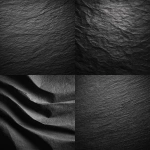
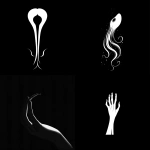

](https://images.ai-img.art/thumbnails/150/3c5dc62bba83cc9919c20ebfec8430d31e821cef586a2753dd85ef26d77d480a.webp)
](https://images.ai-img.art/thumbnails/150/3e8c063b4357fc743a3c6e49a3145ee31b2dcecc018c38d2db8f97bf3e3fda3f.webp)

](https://images.ai-img.art/thumbnails/150/1d7b3a908141474d50d90721c394db29c0cb5404d685ae70ea60430c18e905b7.webp)

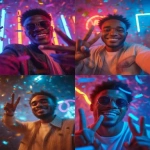






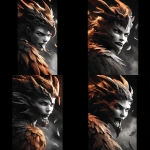




](https://images.ai-img.art/thumbnails/150/8c320ce9aefbbb5b9ec5fd4e1d0fba7388f0fff5b6c2e2f14077cad3008f291d.webp)
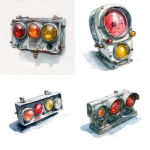
](https://images.ai-img.art/thumbnails/150/1accb5453f2335686b162f0a879c7ce73a18516a33868f214a16bdaf95beeb5a.webp)
